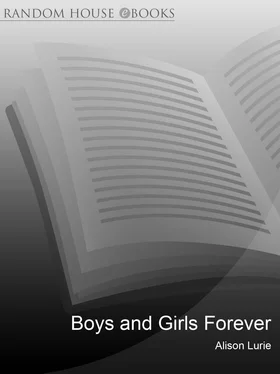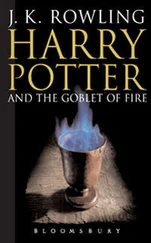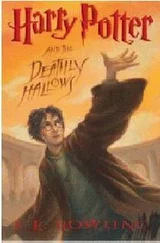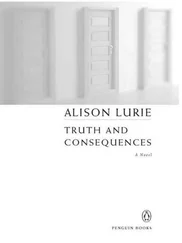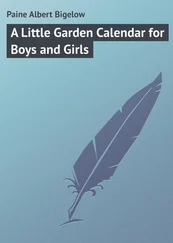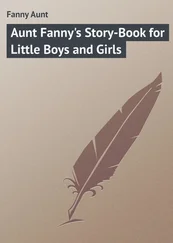The landscape of the Oz book too is familiar. Dorothy’s Kansas suggests Aberdeen, South Dakota, where Baum tried unsuccessfully to run a general store and then a weekly newspaper between 1888 and 1891, years marked by drought, crop failures, falling farm prices, and a disastrous cyclone. “Not a tree nor a house broke the broad sweep of flat country that reached the edge of the sky in all directions. The sun had baked the plowed land into a gray mass, with little cracks running through it. Even the grass was not green, for the sun had burned the tops of the long blades until they were the same grey color.” 21
Oz itself can be seen as an idealized version of America in 1900—happily isolated from the rest of the world, underpopulated, and largely rural, with an expanding magic technology and what appear to be unlimited natural resources. Its lush vegetation and whimsical architecture also suggest Southern California, where Baum spent his final years.
The Oz books were written at a time when racial and ethnic prejudice was part of the cultural climate. Comedians routinely made fun of Irish, Polish, Italian, and other immigrants, as well as of blacks and Native Americans. Many public and private institutions were segregated, and some politicians recommended the deportation of minorities, or their instant, enforced assimilation. But Baum’s mother-in-law, Matilda Gage, like other radicals, protested these views.
Unless liberty is attained [she declared in 1862, during the Civil War]—the broadest, the deepest, the highest liberty for all —not for one set alone, one clique alone, but for man and woman, black and white, Irish, Germans, Americans, and Negroes, there can be no permanent peace. 22
In the world of Oz, acceptance of minority rights is taken for granted. Baum’s books are full of eccentric subsocieties, some of them dangerous to outsiders. The Hammerheads, for instance, assault travelers with their huge, hard heads, which are mounted on extensible necks; the Wheelers, who resemble semihuman bicycles, attempt to run over strangers. In a single volume of the series, Dorothy and the Wizard in Oz , the protagonists are threatened and attacked by the coldhearted vegetable Managaboos, who grow on bushes; the invisible carnivorous bears in the Valley of Voe; and a mob of angry wooden Gargoyles, who live in a country where the ground is sawdust and the leaves of the trees are shavings. Though all these creatures cause Dorothy and her friends a great deal of trouble, it is never suggested that they should be destroyed or even reformed—instead they appear to have a right to their own peculiar customs and way of life.
The social and political system of Oz, as presented—with some inconsistencies—in the series, appears to be a compromise between Baum’s own love of royalty, fancy dress, and theatrical display, and Matilda Gage’s democratic socialism. Princess Dorothy and Queen Ozma and their friends live in a palace paved with marble and gold and jewels, and wear extravagant costumes; they are treated with great deference by the ordinary inhabitants. But outside the palace equality reigns. There is no money in Oz; instead all products and services are freely shared, and everyone receives whatever he or she needs. The economy is largely agricultural, and no mention is made of machinery except for Tik-Tok, the Mechanical Man, and the magical inventions monopolized by Ozma and Glinda.
A good deal of the social criticism in the Oz books seems to derive from Baum’s own experiences. There is, for example, the ongoing satire on education and armies, which may be related to his unpleasant experiences at the Peekskill Military Academy. Academic authority is represented in Oz by Mr. H. M. Woggle-Bug, T. E., a huge beetle (possibly a cockroach, to judge by the illustrations). His initials, characteristic of academics a century ago even more than today, stand for Highly Magnified and Thoroughly Educated. The Woggle-Bug became trapped under a microscope in a classroom and grew to human size; before his escape, he absorbed a great deal of knowledge. Like some professors, he is extremely vain of his learning and makes terrible puns. Presently the Woggle-Bug founds a College of Athletics where students get instant education by taking pills, and can thus devote all their time to sports.
In Baum’s books armies and soldiers are either serious and hateful or comic and ineffectual. The Nomes and their allies are horrifying; the Soldier With the Green Whiskers who guards the gate of the Emerald City, in spite of his handsome uniform and great height, is a coward and a ninny. The second book in the series, The Marvelous Land of Oz (1904), contains a famous extended satire on militant—indeed, military—feminism. Baum’s mother-in-law, Matilda Gage, had died in 1898, so she could not object to—or be hurt by—the story, which suggests that however favorably disposed Baum was to feminism, he also enjoyed making fun of its political aspects. Early in The Marvelous Land of Oz the Emerald City is occupied by an Army of Revolt consisting of four hundred girl soldiers from each of the kingdoms of Oz, led by General Jinjur, whose pretty face “wore an expression of discontent coupled to a shade of defiance or audacity.” 23The goal of Jinjur and her army is “to obtain power over our former oppressors,” that is, men. 24When they appear, the Emerald City’s one soldier runs away, and Jinjur easily achieves victory. Soon gender roles are reversed: the men are “sweeping and dusting and washing dishes, while the women sat around in groups, gossiping and laughing.” 25But Baum also gives women credit for their natural skill and endurance: as one exhausted husband complains, “doing housework and minding the children is wearing out the strength of every man in the Emerald City.” 26
Jinjur and her army are eventually defeated by the release of an army of mice and the dispatch by Glinda the Good of another all-girl army, but a more efficient and better-equipped one. Jinjur and her troops, however, accept the victory philosophically. According to Baum (who, as a matter of fact, is reported to have been an excellent cook), “The women were so tired eating of their husbands’ cooking that they all hailed the conquest of Jinjur with joy.” 27Jinjur is pardoned and returns home; in later books she appears briefly, first as a farmer’s wife who bosses her husband around, and then as an energetic and generous householder who raises cream puffs, chocolate caramels, and macaroons, and is also a gifted artist.
Several other all-girl armies besides Jinjur’s appear in the Oz books. The recurrence of this theme probably owes less to scorn of the military than to Baum’s lifelong fascination with the theater. For many years he attempted, always without success, to turn one Oz book after the other into a musical comedy, as had been done successfully with The Wizard of Oz . At the time, a chorus of showgirls or chorus boys dressed as soldiers, sailors, or police was a very popular part of many such productions—as indeed it remains today: a recent Academy Awards show, for instance, featured an all-female company of dancing Canadian Mounties. Tik-Tok of Oz (1914) contains a comic male army consisting of sixteen officers and one private, organized by the Queen of Oogaboo, Ann Soforth. Tired of housework and of ruling over eighteen men, twenty-seven women, and forty-four children, she decides that she wants to conquer the world without hurting anyone. As might be expected, all her officers run away. Finally, The Lost Princess of Oz (1917) contains another all-girl army, described as “the fiercest soldiers of all. . . . They are more brave than men and they have better nerves,” 28but this time the girl soldiers, like Baum’s dreams of stage success, are only an optical illusion.
Читать дальше
